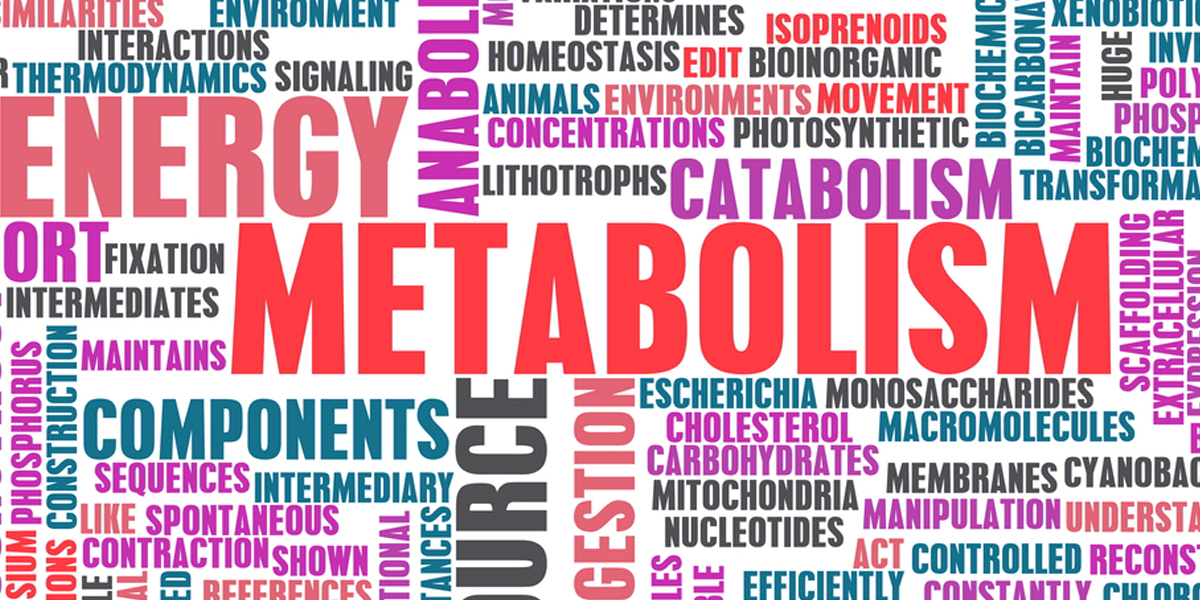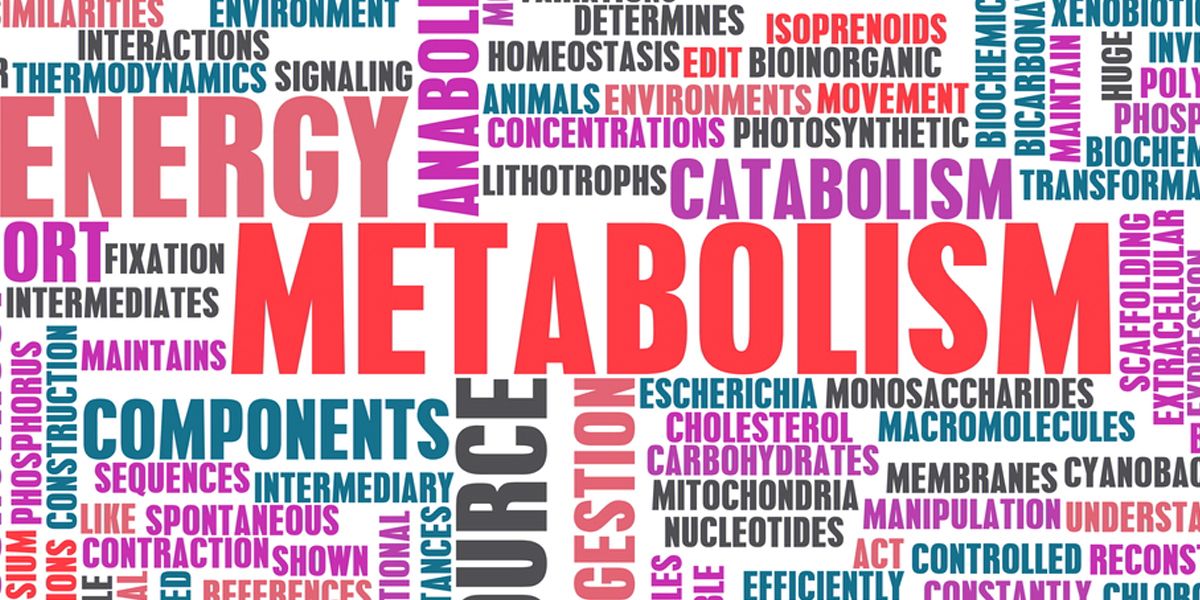

By Franziska Spritzler
Keeping your metabolism high is crucial for losing weight and keeping it off.
Unfortunately, there are several common lifestyle mistakes that may be slowing down your metabolism.
Doing these on a regular basis could make it hard to lose weight and make you more prone to weight gain in the future.
Here are six lifestyle mistakes that can slow down your metabolism.
1. Eating Too Few Calories
Eating too few calories can cause a major decrease in metabolism.
Although a calorie deficit is needed for weight loss, it can be counterproductive for your calorie intake to drop too low.
When you dramatically lower your calorie intake, your body senses that food is scarce and lowers the rate at which it burns calories.
Controlled studies on lean and overweight people have confirmed that consuming less than 1,000 calories per day can have a significant impact on your metabolic rate (1, 2, 3, 4, 5).
Most studies measure resting metabolic rate, which is the number of calories burned during rest. However, some also measure calories burned during rest and activity over 24 hours, which is referred to as total daily energy expenditure.
In one study, when obese women ate 420 calories per day for four to six months, their resting metabolic rates slowed down significantly.
What’s more, even after they increased their calorie intake over the following five weeks, their resting metabolic rates remained much lower than before the diet (3).
In another study, overweight people were asked to consume 890 calories per day. After three months, the total number of calories they burned per day was found to have dropped by 633 calories, on average (4).
It appears that even when calorie restriction is more moderate, it can slow metabolism somewhat.
In a four-day study of 32 people, the resting metabolic rate of people who ate 1,114 calories per day slowed more than twice as much as of those who consumed 1,462 calories daily. However, weight loss was similar for both groups (5).
If you’re going to lose weight by calorie restriction, then don’t restrict your calorie intake too much or for too long.
Bottom Line: Cutting calories too much and for too long lowers metabolic rate, which can make weight loss and weight maintenance more difficult.
2. Skimping on Protein
Eating enough protein is extremely important for achieving and maintaining a healthy weight.
Studies have shown that, in addition to helping you feel full, a high protein intake can significantly increase the rate at which your body burns calories (6, 7, 8).
The increase in metabolism that occurs after digestion is called the thermic effect of food.
The thermic effect of protein is much higher than the thermic effects of carbs or fat. Indeed, eating protein has been observed to temporarily increase metabolism by about 20–30 percent, versus 5–10 percent for carbs and 3 percent or less for fat (9).
Although metabolic rate inevitably slows during weight loss and continues to be slower during weight maintenance, there’s evidence that higher protein intake can minimize this effect.
In one study, participants followed one of three diets in an effort to maintain a 10–15 percent weight loss.
The diet highest in protein reduced participants’ total daily energy expenditure by only 97 calories, versus a decrease of 297–423 calories in people who consumed less protein (10).
Another study found that people needed to eat at least 0.5 grams of protein per pound (1.2 grams/kg) of their body weight in order to prevent their metabolism from slowing during and after weight loss (11).
Bottom Line: Protein increases metabolic rate more than carbs or fat. Increased protein intake helps preserve metabolic rate during weight loss and maintenance.
3. Leading a Sedentary Lifestyle
Being sedentary may lead to a significant decrease in the number of calories you burn every day.
Unfortunately, many people have lifestyles that mainly involve sitting at work, which can have negative effects on metabolic rate and overall health (12).
Although working out or playing sports can have a major impact on the number of calories you burn, even basic physical activity such as standing up, cleaning and taking the stairs can help you burn calories.
This type of activity is referred to as non-exercise activity thermogenesis (NEAT).
One study found that performing a high amount of NEAT regularly could burn up to 2,000 additional calories per day. However, such a dramatic increase is not realistic for most people (13).
Another study found that watching TV while you’re sitting burns an average of 8 percent fewer calories than typing while you’re sitting and an average of 16 percent fewer calories than standing (14).
Working at a standing desk or simply getting up to walk around several times per day can help increase your NEAT and prevent your metabolism from dropping.
Bottom Line: Being inactive reduces the number of calories you burn during the day. Try to minimize sitting and increase your general activity levels.
4. Not Getting Enough High-Quality Sleep
Sleep is extremely important for good health.
Sleeping fewer hours than you need may increase your risk of a number of diseases, including heart disease, diabetes and depression (15).
Several studies have found that inadequate sleep may also lower your metabolic rate and increase your likelihood of weight gain (16, 17, 18).
One study found that healthy adults who slept four hours per night for five nights in a row experienced a 2.6 percent decrease in resting metabolic rate, on average.
Participants’ resting metabolic rate returned to normal following 12 hours of uninterrupted sleep (17).
Lack of sleep is made worse by sleeping during the day instead of at night. This sleep pattern disrupts your body’s circadian rhythms, the biological changes in your body that occur in response to light and darkness over a 24-hour cycle.
A five-week study found that prolonged sleep restriction combined with circadian rhythm disruption significantly decreased participants’ resting metabolic rate by an average of 8 percent (18).
Bottom Line: Getting adequate, high-quality sleep and sleeping at night rather than during the day can help preserve your metabolic rate.
5. Drinking Sugary Beverages
Sugar-sweetened drinks are the absolute worst beverages for health.
A high consumption of sodas and other sugary drinks has been linked to all sorts of health problems, including insulin resistance, diabetes and obesity (19, 20).
Most of the negative effects of sugar-sweetened beverages can be attributed to fructose. Table sugar contains 50 percent fructose, while high-fructose corn syrup contains 55 percent fructose.
Results from a 2012 study suggest that frequently consuming sugar-sweetened beverages may slow down your metabolism.
In this 12-week controlled study, overweight and obese people who consumed 25 percent of their calories as fructose-sweetened beverages on a weight-maintaining diet experienced a significant drop in metabolic rate (21).
Unfortunately, there aren’t many studies that have measured how metabolic rate is affected by a high intake of sugar-sweetened beverages.
However, research in animals and humans has shown that excessive fructose consumption promotes increased fat storage in the belly and liver (22, 23, 24, 25, 26).
Bottom Line: A high intake of fructose-containing beverages has been found to reduce metabolic rate and promote fat storage in the belly and liver.
6. A Lack of Resistance Training
Working out with weights is a great strategy to keep your metabolism from slowing down.
Strength training has been shown to increase metabolic rate in healthy people, as well as those who have heart disease or are overweight or obese (27, 28, 29, 30).
Resistance training increases muscle mass, which makes up much of the fat-free mass in your body. Having a higher amount of fat-free mass significantly increases the number of calories you burn at rest (31, 32, 33).
Fortunately, doing even minimal amounts of strength training appears to boost energy expenditure.
In a six-month study, people who performed resistance training for 11 minutes per day for three days a week experienced a 7.4 percent increase in resting metabolic rate and burned 125 extra calories per day, on average (34).
In contrast, not doing any strength training can cause your metabolic rate to decline, especially during weight loss and as you get older (31, 35, 36).
Bottom Line: Resistance training increases muscle mass and helps preserve metabolic rate during weight loss and aging.
Take Home Message
Engaging in lifestyle behaviors that slow down your metabolism can lead to weight gain over time. It’s best to avoid or minimize them as much as possible.
Fortunately, there are also many things that can boost your metabolism to help you lose weight and keep it off.
Reposted with permission from our media associate Authority Nutrition.

 233k
233k  41k
41k  Subscribe
Subscribe 
